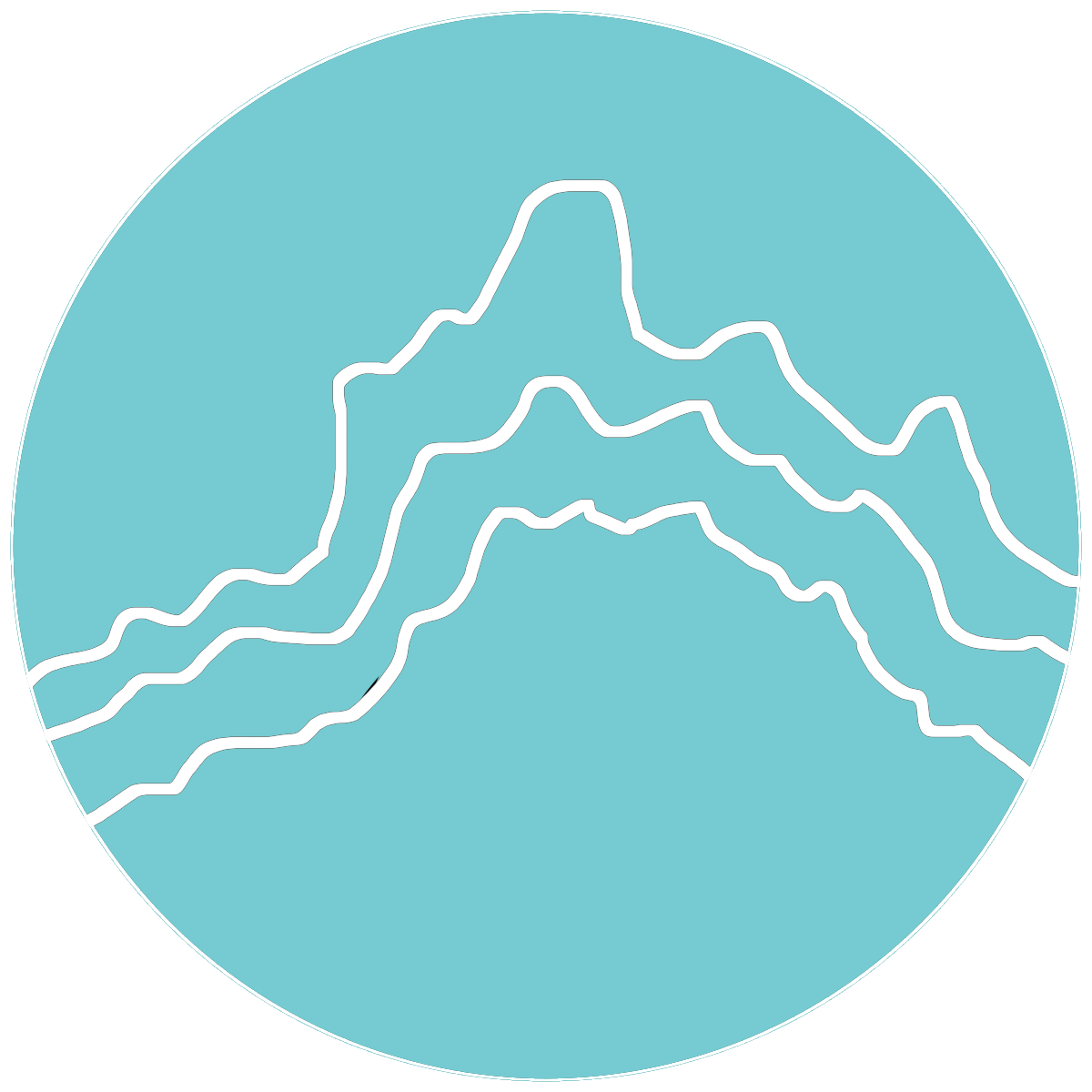Strength Training Moves Every Triathlete Needs
Let's keep it simple. In addition to the training schedule you already have to weave in-between work, family, and whatever glimmer of a social life you have left, who has TIME for "extra stuff?" We can attest to the overbooked lifestyle of the try-athlete. When you aren't a pro athlete attempting to pay the bills with training, priorities complicate everything. But hear us out. In 2018, in triathlon's 44th year of life, strength training is a requirement. Not for faster bike splits. Not for a sexier looking set of quads. But for your health, recovery, and maintaining a longevity in endurance sports.
Mayo Clinic reminds us that strength training helps develop strong bones and increases bone density through the stressing of the muscles. Increased muscle boosts the efficiency of metabolic process (aka helps you keep off the weight from that midnight Snickers, shh we won't tell anyone). And last but not least, building muscles in strategic places helps support the joints/ligaments used for your sport(s). Without that support, you have just purchased yourself a one-way ticket to injury city. Population you (and anyone else who didn't do their strength training!)
So try out these two exercises to cycle (pun intended) into the daily grind. Yep, you heard us. DAILY. Only set of equipment needed is a resistance band (alternative exercises provided if you can't get your hands on one).
GLUTES
All the gas is in the.......glutes. If you dabble in multisport, your powerhouse lies below the waistline. The glutes are one of the major muscles groups that drive your running, cycling, and swimming mechanics. If we HAD to pick just one that is glute-dominated, we'd go with the run. Glutes, glutes, the magical muscle fruits, the more you eat the more you.....neglect the lesser-known but significantly more important glute medius.
Take a look at this image of the glutes. As you can see, the glute maximus is substantially larger than poor little glute medius. But the glute medius is what stabilizes your hip (which affects all KINDS of things during the run, pedal stroke on the bike, or kick during the swim). If you have a weak glute medius, other things have to take over to provide that hip stability. Otherwise, the movement couldn't happen. This is where you see so many athletes complaining about lower body injuries. The dreaded outer-knee pain commonly associated with IT (iliotibial band) syndrome is often a result of a weak glute medius. Once the stability goes out of whack, the form of the motion is compromised, other muscles and ligaments get tight to try to stabilize, and then the repetitive motion of poor form all compounded will lead you straight to that city we mentioned before.
A strength exercise commonly prescribed for a "weak butt" is a squat. There are so many different variations of the squat, you could really spend some time getting to know each and every one. But squats are not what this article is all about. Squats develop your glute maximus and don't do an efficient job of targeting the glute medius. Try these movements instead:
CLAMSHELLS
Clamshells will get your G.M. (glute medius) FIRED UP.
You can perform this movement with or without a band, but we strongly suggest using even a light resistance band for optimal benefits.
With the resistance band around your legs, resting just above the knees, lay on your side with your hips and legs stacked.
Bend your knees so that your legs are at a 45 degree angle.
Keeping your feet touching, lift your top knee up and away from the lower leg.
Return the knee to its original position and repeat.
Pro tip: suck it in. Engage your abs to stabilize your core, spine, and pelvis.
Reps can be scalED TO YOUR FITNESS LEVEL.
Start with 10 each side and see how you feel. It should burn towards the end…in a good way.
Lateral squat walks
You can transition into this second exercise fairly quickly AND use all the same equipment. The objective of the lateral squat walk is to target and strengthen our dear friend the glute medius.
Start in a standing position with the resistance band resting just above your knees.
Spread your feet to shoulder width apart.
Get into a squat position and begin to walk sideways (laterally, if you will).
Pro tip: core stability is paramount in this exercise. If you do not engage your core, you will find that your hips and shoulders sway as you walk (or squattle as we like to call it). Focus on sitting upright in your squat, tightening that lower abdominal as much as you can, and don’t let your shoulders move up and down.
Find a place where you can walk 25-50m one direction and then, facing the same way, begin laterally stepping back the way you came. Rest 30sec to 1 minute and repeat for a total of three times each direction. Keep up this routine and enjoy the increased power and stamina in your glutes (and subsequently your swimming, biking, and running).




